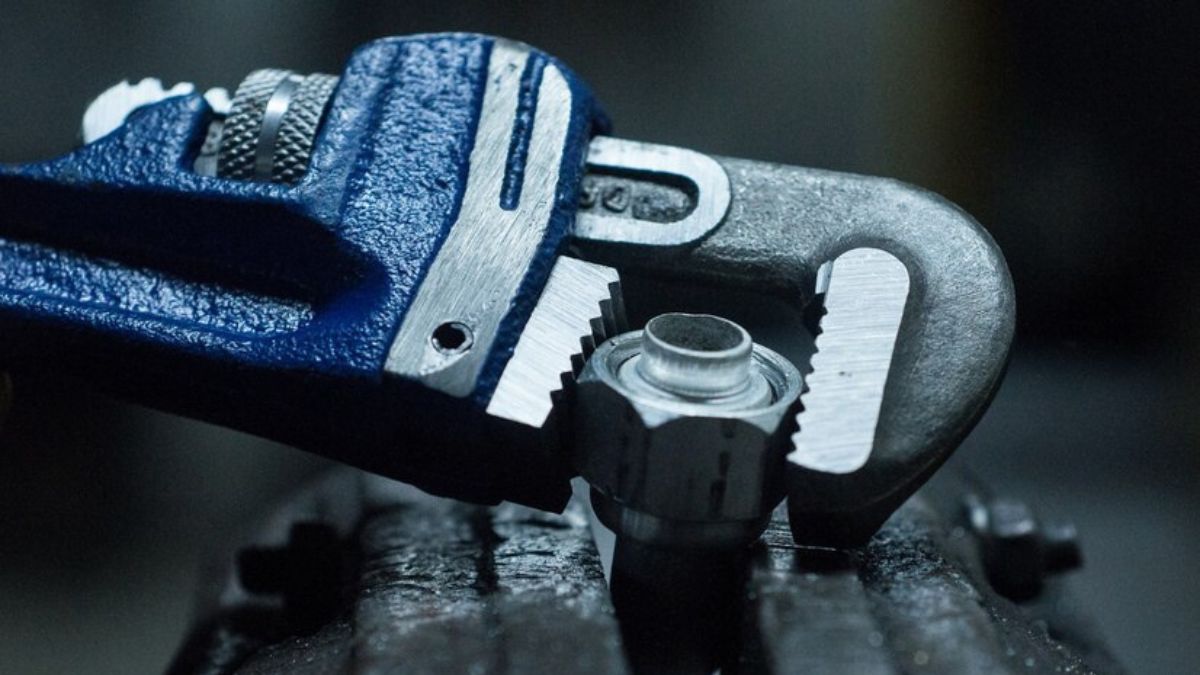Bolts can become stuck or damaged due to corrosion, the fusion of metals or applying too much torque. A bolt extractor set is a useful tool for removing stuck or damaged bolts. Here is a helpful step-by-step guide to using a bolt extractor along with safety precautions, advice on techniques, pointers for selecting the right extractor tool and helpful troubleshooting tips.
Safety Precautions & Proper Techniques
To use a bolt extractor, you will first need to make a pilot hole in the bolt shank with a power drill. You should exercise caution any time you drill into metal. Start with a small 1/16-inch bit and apply a drop or two of cutting or motor oil to the damaged bolt before drilling to keep the drill bit from overheating.
Once you prepare a pilot hole, hammer the extractor into the hole and start the removal process by turning the tool clockwise and then counter-clockwise. Many extractor tools have either four or six splines that bite into a stuck or damaged bolt to facilitate extraction. The tool digs deeper as you turn to remove the bolt. Be aware of how much force you are applying and try to avoid breaking off an extractor in a bolt shank.
Selecting the Right Bolt Extractor
You can choose from a variety of bolt extractor tools based on the condition of a bolt and the type of bolt. An easy out socket set that features a reverse spiral flute design for universal grip can extract most bolts. Some sets are compatible with air ratchets, manual ratchets or impact wrenches.
It is also important to factor the material requirements for bolt extraction into the other tools you use for this task. You should use bits made of a very hard material, such as cobalt or titanium, to drill a pilot hole. Other useful tools for stubborn bolts include pliers and a rotary grinder if worst comes to worst. Having access to the right tools can make extracting bolts much easier and prevent common problems.
Troubleshooting Bolt Extraction
It is important to use a bolt extractor correctly to keep this tool from breaking off in a bolt shank. Drilling a pilot hole off-center can lead to uneven distribution of force. Drilling a centered pilot hole and using the right extractor tool can increase the likelihood of successfully removing a bolt that has broken off above, flush with or below the mating surface. Removing a corroded bolt or an extractor that has broken off in a bolt shaft could require a slow and painstaking grinding process with a rotary tool.
Follow the instructions for any bolt extractor and work carefully to remove damaged or stuck bolts. After you extract a bolt, you may need to clean or re-thread the bolt hole. Apply lubricant or threadlocker when installing a new bolt to make the need for extraction less likely down the road. A bolt extractor is a useful tool to keep on hand for removing corroded, fused or stuck bolts.











